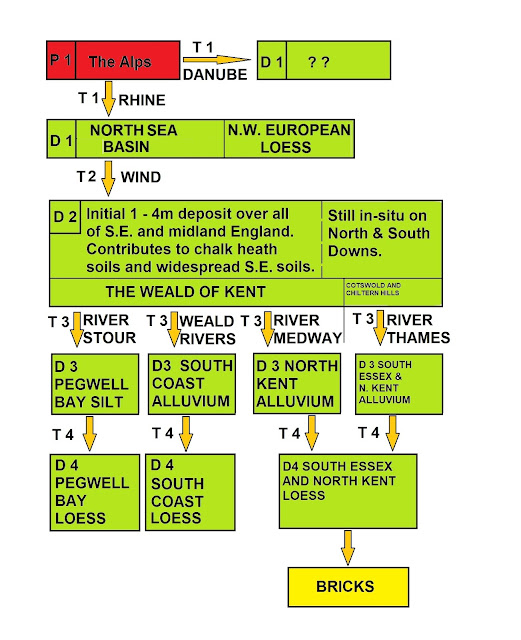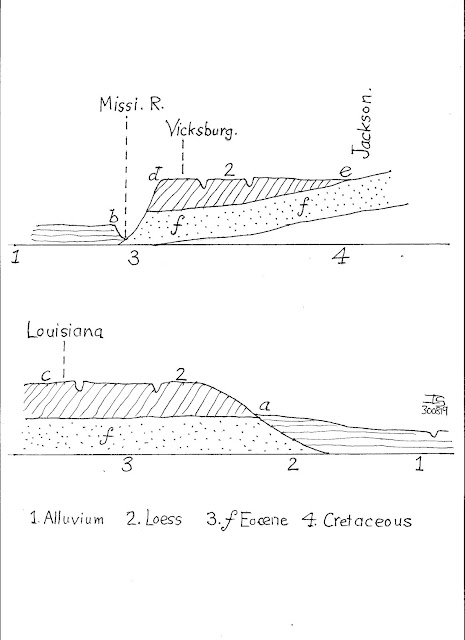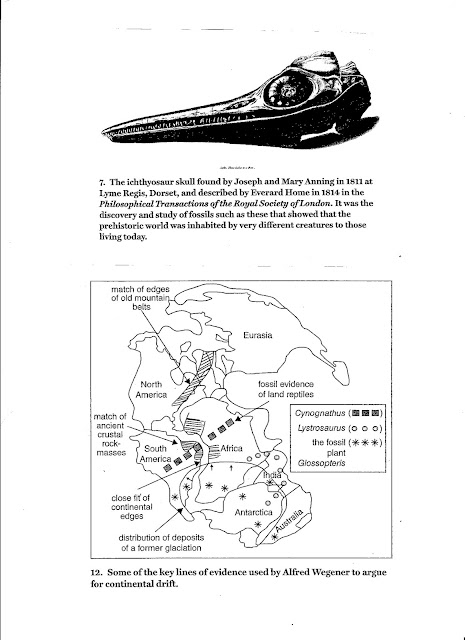Smalley, I.J., Smalley, G.J., O'Hara-Dhand, K., Jary, Z. 2013. Sand martins favour loess: how the properties of loess ground facilitate the nesting of Sand Martins/ Bank Swallows/ Uferschwalben (Riparia riparia Linnaeus 1758). Quaternary International 296, 216-219.
Gilbert White: The Natural History of Selborne. 1st publ. Ben.White London 1789. Penguin Classics edition, ed. Richard Mabey 1987. 283p.
"The sand-martin, or bank-martin, is by much the least of any of the British hirundines; and, as far as we have ever seen, the smallest known hirondo; though Brisson asserts that there is one much smaller, and that is the hirundo esculenta."
Here are in this parish, in the sand-pits and banks of the lakes of the Wolmer-forest, several colonies of these birds; and yet they are never seen in the village; nor do they at all frequent the cottages that are scattered about in that wild district..
..this species seems so to delight in large waters, that no instance occurs of their abounding, but near vast pools or rivers: and in particular it has been remarked that they swarm in the banks of the Thames in some places below London-bridge."
"The parish of Selborne lies in the extreme eastern corner of the county of Hampshire, bordering the county of Sussex, and not far from the county of Surrey; is about fifty miles south-west of London, in latitude 51, and near midway between the towns of Alton and Petersfield...
The soils of this district are almost as various and diversified as the views and aspects. The high part to the south-west consists of a vast hill of chalk, rising three hundred feet above the village; and divided into a sheep down, the high wood, and a long hanging wood called the Hanger... The prospect is bounded to the south-east and east by the vast range of mountains called the Sussex-downs, by Guild-down near Guildford, and by the Downs round Dorking.."
Sand martin distribution: Selborne is in the south of England close to Southampton and the Isle of Wight, in the region where loess material was deposited. The South Downs are covered by loess. The map shows sand martins favouring river regions and loessic regions. "The vast range of mountains called the Sussex Downs" is covered by loess.
Gilbert White: The Natural History of Selborne. 1st publ. Ben.White London 1789. Penguin Classics edition, ed. Richard Mabey 1987. 283p.
"The sand-martin, or bank-martin, is by much the least of any of the British hirundines; and, as far as we have ever seen, the smallest known hirondo; though Brisson asserts that there is one much smaller, and that is the hirundo esculenta."
Here are in this parish, in the sand-pits and banks of the lakes of the Wolmer-forest, several colonies of these birds; and yet they are never seen in the village; nor do they at all frequent the cottages that are scattered about in that wild district..
..this species seems so to delight in large waters, that no instance occurs of their abounding, but near vast pools or rivers: and in particular it has been remarked that they swarm in the banks of the Thames in some places below London-bridge."
"The parish of Selborne lies in the extreme eastern corner of the county of Hampshire, bordering the county of Sussex, and not far from the county of Surrey; is about fifty miles south-west of London, in latitude 51, and near midway between the towns of Alton and Petersfield...
The soils of this district are almost as various and diversified as the views and aspects. The high part to the south-west consists of a vast hill of chalk, rising three hundred feet above the village; and divided into a sheep down, the high wood, and a long hanging wood called the Hanger... The prospect is bounded to the south-east and east by the vast range of mountains called the Sussex-downs, by Guild-down near Guildford, and by the Downs round Dorking.."
Sand martin distribution: Selborne is in the south of England close to Southampton and the Isle of Wight, in the region where loess material was deposited. The South Downs are covered by loess. The map shows sand martins favouring river regions and loessic regions. "The vast range of mountains called the Sussex Downs" is covered by loess.
















 Prestwich wrote on loess and published a significant paper in the Roy.Soc. transactions of 1864. Actually the loess material appeared as part of a two-section paper- which has caused some confusion
Prestwich wrote on loess and published a significant paper in the Roy.Soc. transactions of 1864. Actually the loess material appeared as part of a two-section paper- which has caused some confusion







